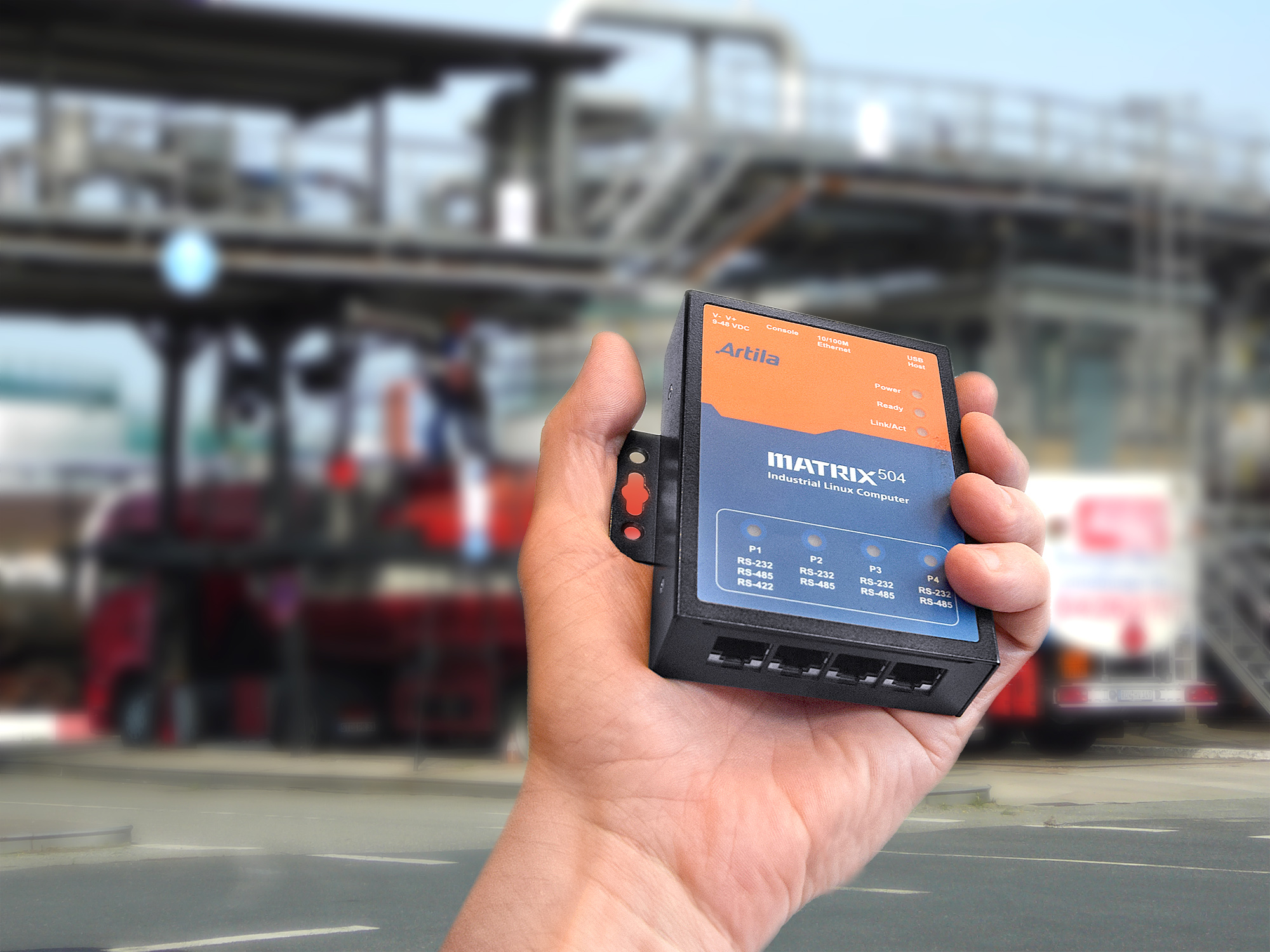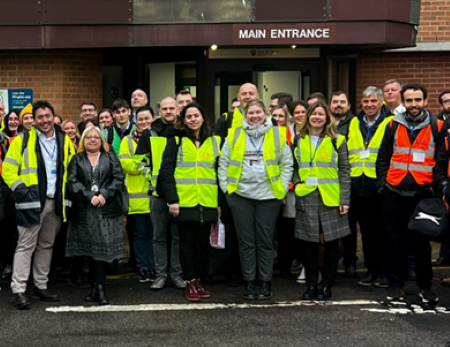International software and consulting company Implico today announced a new, more powerful tool enabling its customers to connect legacy field technology with the OpenTAS terminal management system. The new TCP-X-Unit is capable of simultaneously converting signals from three serial-linked field devices for OpenTAS. In addition, the solution represents yet another step toward the Internet of Things as users are able to monitor data throughput from anywhere and view the information sent most recently by the field devices.
Older hardware and modern software often do not speak the same language, which makes it impossible for legacy field devices connected via serial links to communicate directly with the OpenTAS terminal management system. This usually requires an additional computer that converts the loading hardware’s legacy signals for the OpenTAS software. The TCP-X-Unit is a new, compact solution from Implico which considerably simplifies the previously required hardware environment.
The complete solution is a suite comprising the powerful Matrix-504 microcomputer and suitable software developed by Implico especially for OpenTAS connectivity. Except for this pocket-sized computer, no further hardware is required for the connection. The TCP-X-Unit converts the field device’s RS-232 signal into a TCP/IP signal and transmits it to the OpenTAS automation processes via Ethernet protocol.
The TCP-X-Unit is significantly more powerful than its predecessor. “The computer has three ports instead of just one and can therefore control up to three peripheral devices simultaneously,” said Frank Petersen, Head of OpenTAS Automation at Implico. This reduces the need for control hardware, simplifying the IT landscape and lowering total cost of ownership. “The box’s modern processor is also able to handle more data in a given time than the predecessor model,” added Frank Petersen.
Remote access for maintenance, updates and configuration
Since the TCP-X-Unit is equipped with a web service for remote access, the solution also represents yet another step toward the Internet of Things. The web service makes it possible to manage, configure, update or start the microcomputer remotely via a web browser. “The solution’s set of useful features includes data throughput remote monitoring and the ability to display the most recently sent and received information,” said Frank Petersen.
Should a TCP-X-Unit fail, it can easily be replaced by a low-cost backup device. Local staff does not require any specific IT knowledge to replace the box. After replacing, the preconfigured backup device is set to the failed unit’s IP address and restarted. The unit then automatically receives all the required settings and protocol information from OpenTAS and is available for use immediately. This minimises downtime and ensures a continuous and stable loading process.








